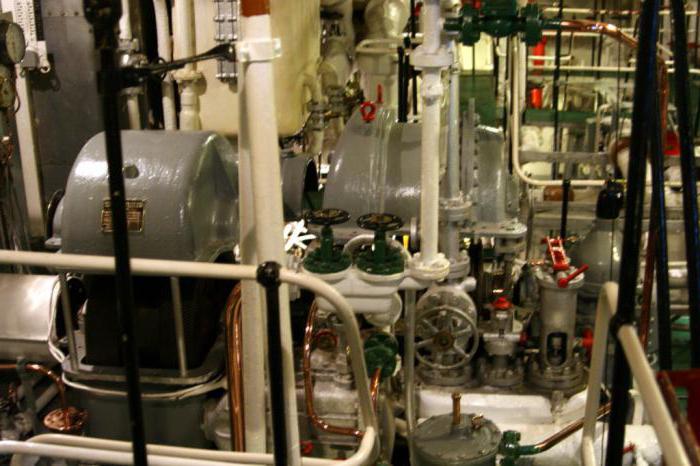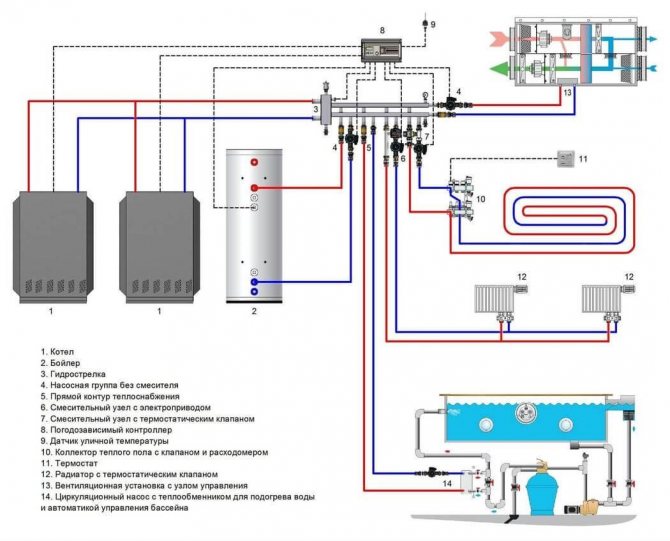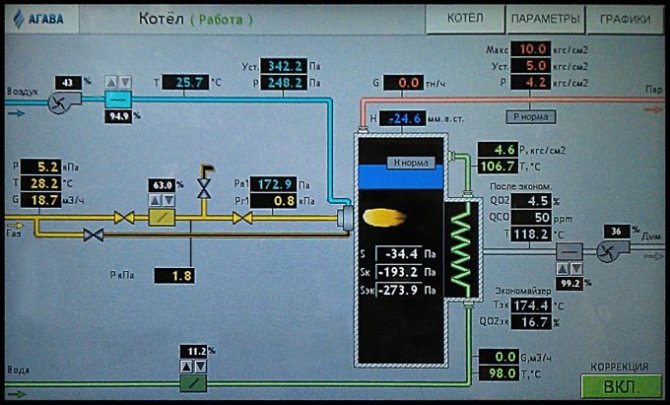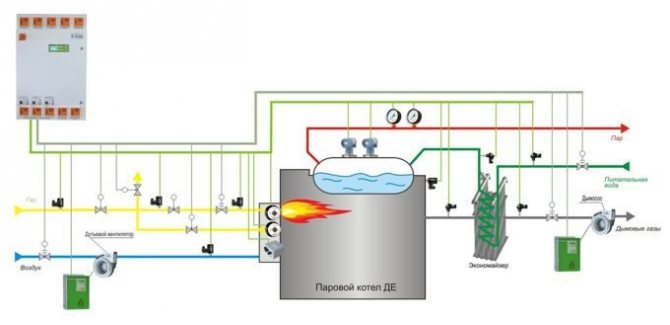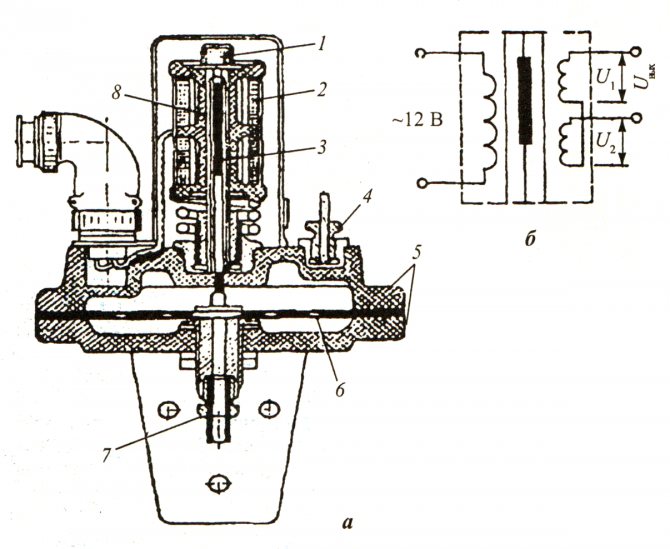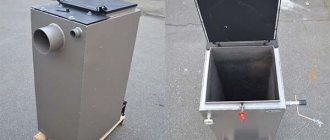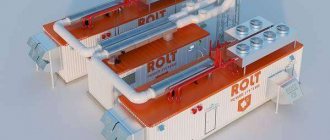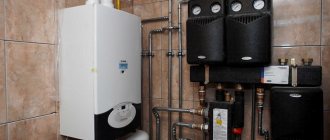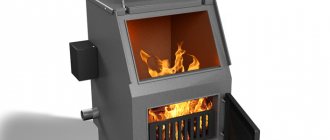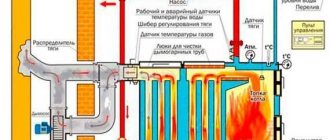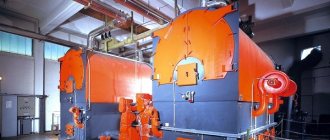General problems of boiler automation
One of the most pressing problems of modern civilization, and at the same time one of the most ancient, which received practical solutions, is the problem of automation. The crossbows and traps of ancient hunters are examples of automatic devices that fire when they need to.
All kinds of demonstrations in ancient Egyptian temples were triggered without human participation, but only when the appropriate situation arose. The massive introduction of automation into the modern everyday life of people only confirms the relevance of this problem in our time. This is especially noticeable in human production activities. The continuous growth of the unit capacity of the units, the increase in their productivity require faster and more correct decision-making.
The number of these decisions per unit of time is constantly increasing, the responsibility for their correctness is also growing. The psychophysiological capabilities of a person no longer allow him to cope with the processing of the increased flow of information.
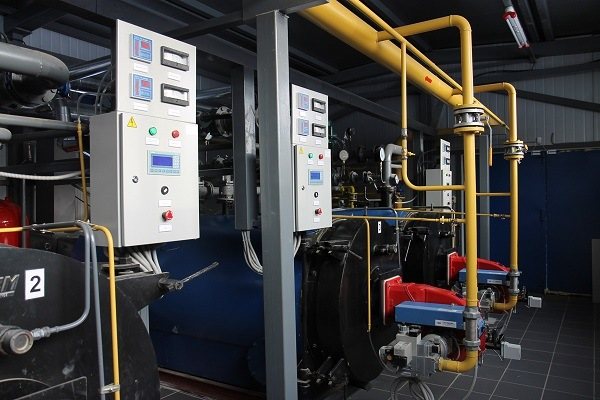
The latest computer technology and effective methods of control theory come to the rescue. More and more complicated technological and heat engineering processes require an increase in the speed of the technical means of automation. At the same time, the cost of failure is growing, and the requirements for the reliability and survivability of equipment are growing. Progress in the field of automation tools is closely related to changes in the element base of computer technology. Now almost all devices are built on the basis of microprocessors.
This allows processing more complex algorithms, increasing the accuracy of measuring technological parameters, and loading individual devices with functions that were previously not inherent to them. And, most importantly, exchange information with each other, working as a unified control system.
What is a steam boiler?
Steam boiler is a unit for generating steam. In this case, the device can give 2 types of steam: saturated and superheated. Saturated steam has a temperature of 100ºC and a pressure of 100 kPa. Superheated steam is characterized by high temperature (up to 500ºC) and high pressure (more than 26 MPa).
Note: Saturated steam is used in heating private houses, while superheated steam is used in industry and energy. It transfers heat better, therefore, the use of superheated steam increases the efficiency of the installation.
Where are steam boilers used:
- In the heating system, steam is an energy carrier.
- In power engineering, industrial steam engines (steam generators) are used to generate electricity.
- In industry, superheated steam can be used to convert it into mechanical motion and move vehicles.
Automation tools for boiler rooms
Automation equipment:
- process parameters sensors;
- actuators that move regulatory bodies according to commands in the right direction;
- control equipment that processes information from sensors in accordance with the algorithms and programs laid down in it and generates commands for the actuators;
- devices for selecting control modes and for remote control of actuators;
- means of displaying and presenting information to operational personnel;
- devices for documenting and archiving technological information;
- means of collective presentation of information.
All this technology has undergone revolutionary changes in the second half of the last century, not least thanks to the achievements of Soviet science. So, for example, gauge instruments, which are widely used for measuring pressure, flow, velocity and level of liquids and gases, as well as for measuring force and mass, have changed the physical principle of the sensitive element.
Instead of a membrane that bends under the action of a force and moves the rod of an electromechanical transducer, they began to use the strain gauge method. Its essence is that some materials change their electrical parameters under mechanical action. A sensitive measuring circuit captures these changes, and a computing device built into the device translates them into the value of a technological parameter.


The devices have become more compact, more reliable, more accurate. And more technologically advanced in production. Modern actuators accept not only the "on" and "off" commands, as it was for many years. They can receive commands in a digital code, independently decode them, execute and report on their actions and their condition. Control technology has gone from lamp regulators and relay-contact circuits to microprocessor-based regulating, logic and demonstration controllers.
The tests of the first Soviet microprocessor-based regulating controller developed by NIITeplopribor were carried out in January 1980 at the educational TPP of the Moscow Power Engineering Institute. The CHPP operates as part of Mosenergo. According to the first syllables of the three words of the name, the product was named "Remikont". Five years later, more large-scale industrial tests of Remikonts were carried out at three powerful industrial facilities. And from that moment on, only microprocessor controllers were put into new APCS throughout the country and in foreign projects.
Abroad, the use of such controllers in automation systems of various objects began a little earlier. A microprocessor controller is a computing device designed specifically for controlling a technological object and located in its immediate vicinity.
The controller consists of the following blocks and devices:
- Power Supply;
- calculator;
- input unit for analog signals of different ratings with galvanic isolation;
- input device for discrete signals active (in the form of voltage) and passive (in the form of a dry contact);
- output unit for analog signals of different ratings with galvanic isolation;
- output device for discrete signals active and passive;
- interface device for connecting the controller to the system information field.
Communication protocols
Automation of boiler plants based on microcontrollers minimizes the use of relay switching and control power lines in the functional circuit. An industrial network with a specific interface and data transfer protocol is used to communicate the upper and lower levels of the ACS, transfer information between sensors and controllers, and transmit commands to executive devices. The most widely used standards are Modbus and Profibus. They are compatible with the bulk of equipment used to automate heat supply facilities. They are distinguished by high indicators of the reliability of information transfer, simple and understandable principles of operation.
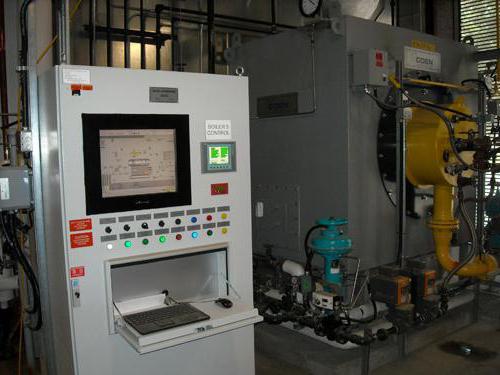

Automated thermal stations
In 1992, the organization that manages the Moscow municipal energy sector - MOSTEPLOENERGO - decided to introduce a modern APCS at one of its new buildings. The district heating station RTS "PENYAGINO" was chosen. The first stage of the station was built as a part of four boilers of the KVGM-100 type.At this time, the development of Remikonts led to the emergence of the software and hardware complex PTK KVINT. In addition to the Remikonts themselves, the complex included an operator station based on a personal computer with full software, a software package for a computer-aided design CAD system.
Functions of the APCS of the district thermal station
- fully automatic start-up of the boiler from a cold state before entering the operating mode by clicking on the "START" button on the monitor screen;
- maintaining the outlet water temperature in accordance with the temperature schedule;
- control of feed water consumption taking into account make-up;
- technological protection with fuel cut-off;
- control of all heat engineering parameters and their presentation to the operator on the screen of a personal computer;
- monitoring the state of units and mechanisms - "ON" or "OFF";
- remote control of actuators from the monitor screen and selection of control modes - manual, remote or automatic;
- informing the operator about irregularities in the operation of controllers;
- communication with the district dispatcher via digital information channel.
The technical part of the system was arranged in four cabinets - one for each boiler. Each cabinet has four frame-modular controllers.
Tasks between controllers are distributed as follows:
Controller # 1 performed all operations for starting up the boiler. In accordance with the start-up algorithm proposed by Teploenergoremont:
- the controller turns on the smoke exhauster and ventilates the firebox and chimneys;
- turns on the air supply fan;
- includes water supply pumps;
- connects gas for ignition of each burner;
- by flame control opens the main gas to the burners.
Controller # 2 made in a duplicate version. If during the start-up of the boiler, the equipment failure is not terrible, since you can stop the program and start all over again, then the second controller maintains the main mode for a long time.
It has a special responsibility during the cold season. During automatic diagnostics of an abnormal situation in the boiler room, an automatic bumpless switching from the main controller to the reserve one takes place. Technological protections are organized on the same controller. Controller No. 3 designed for less critical functions. If it fails, you can call a repairman and wait for a while. The boiler model is programmed on the same controller.
With its help, a pre-start check of the performance of the entire control program is carried out. It is also used to train operational personnel. The work on the creation of the head ACS of the Moscow RTS PENYAGINO, KOSINO-ZHULEBINO, BUTOVO, ZELENOGRAD was carried out by a team of MOSPROMPROEKT (design work), TEPLOENERGOREMONT (control algorithms), NIITeplopribor (microprocessor central part of the system).
Subsystems and functions
Any boiler room automation scheme includes control, regulation and protection subsystems. Regulation is carried out by maintaining the optimal combustion mode by setting the vacuum in the furnace, the primary air flow rate and the parameters of the coolant (temperature, pressure, flow rate). The control subsystem outputs actual data on the operation of the equipment to the human-machine interface. Protection devices guarantee the prevention of emergency situations in case of violation of normal operating conditions, the supply of a light, sound signal or shutdown of the boiler units with the fixation of the cause (on a graphic board, mnemonic diagram, board).
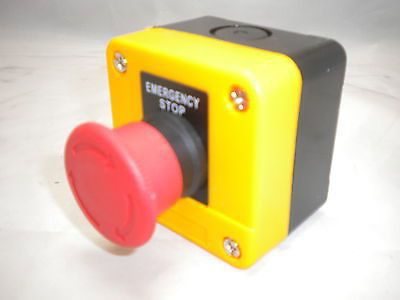

4.1. Basic principles of boiler automation
Reliable, economical and safe operation of a boiler house with a minimum number of maintenance personnel can be carried out only in the presence of thermal control, automatic regulation and control of technological processes, signaling and equipment protection [8].
The main decisions on the automation of boiler houses are made in the process of developing automation schemes (functional diagrams).Automation schemes are developed following the design of heat engineering schemes and decision-making on the choice of the main and auxiliary equipment of the boiler room, its mechanization and heat engineering communications. The main equipment includes a boiler unit, smoke exhausters and fans, and the auxiliary equipment includes a pumping and deaeration unit, a chemical water treatment plant, a heating unit, a condensate pumping station, a gas distribution station, a fuel oil (coal) warehouse and a fuel supply.
The scope of automation is taken in accordance with SNiP II-35-76 (section 15 - "Automation") and the requirements of manufacturers of thermal mechanical equipment.
The level of automation of boiler houses depends on the following main technical factors:
- type of boiler (steam, hot water, combined - steam and water);
- the design of the boiler and its equipment (drum, direct-flow, cast-iron sectional pressurized, etc.), the type of draft, etc .; the type of fuel (solid, liquid, gaseous, combined - gas-oil, pulverized) and the type of fuel-burning device (TSU);
- the nature of heat loads (industrial, heating, individual, etc.);
- the number of boilers in the boiler room.
When drawing up the automation scheme, the main subsystems of automatic control, technological protection, remote control, heat engineering control, technological blocking and signaling are provided.
Objectives and goals
Modern boiler automation systems are able to guarantee trouble-free and efficient operation of equipment without direct operator intervention. Human functions are reduced to online monitoring of the health and parameters of the entire complex of devices. Boiler house automation solves the following tasks:
- Automatic start and stop of boilers.
- Boiler output regulation (cascade control) according to the specified primary settings.
- Booster pump control, control of the coolant levels in the working and consumer circuits.
- Emergency stop and activation of signaling devices in case of system operating values outside the set limits.

